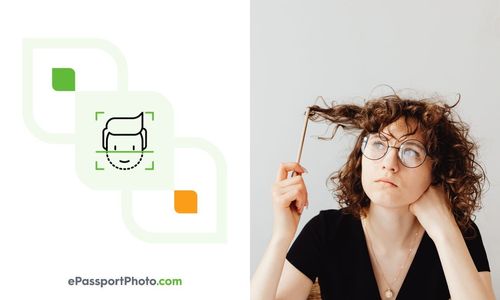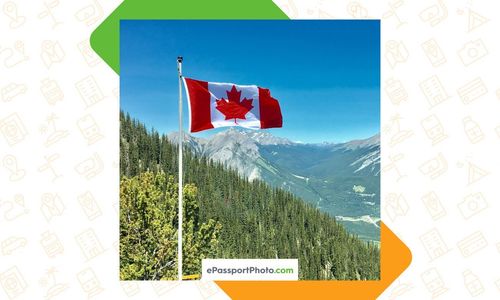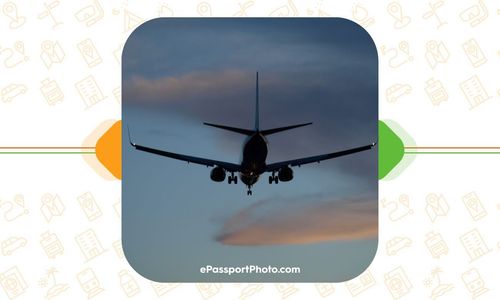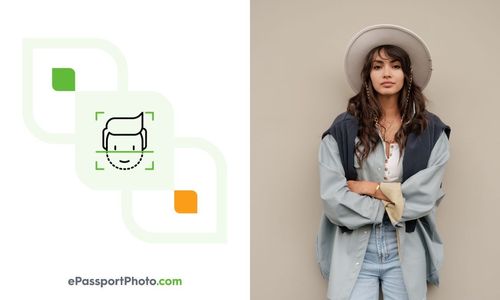![The Search Wars: Is Google Losing Its Crown? [2023 Study]](/blog/uploads/small_social_media_search_engine_study_17e67f9b87.jpg)
![The Search Wars: Is Google Losing Its Crown? [2023 Study]](/blog/uploads/small_social_media_search_engine_study_17e67f9b87.jpg)



Why ePassportPhoto?
May 26, 2023 /
Simple Don’t-Do’s for Your Pics!
July 11, 2018 /
Easy Errors
December 22, 2016 /
Heading to Canada, eh?
December 19, 2016 /
Scoring Serious Discounts on Air Travel
December 17, 2016 /
Mean Muggin’
December 13, 2016 /

